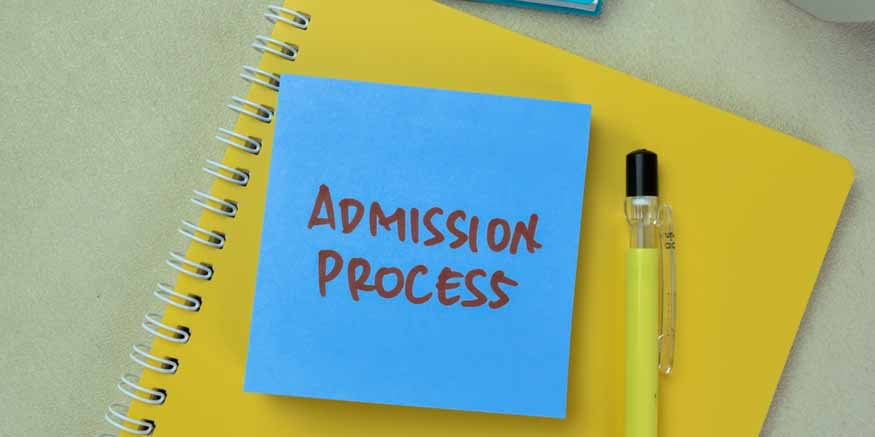If your child is two years old, you may already be familiar with the dreaded “terrible twos” stage. “terrible twos” meaning a developmental stage in certain toddlers marked by tantrums, mood swings, stubbornness, and aggressive behaviours. Toddlers are growing quickly during this time, exploring their independence and learning to control their emotions. While this is a time that can be exciting for parents, it can also be difficult, especially when it comes to controlling tantrums.
For parents who are unclear of how to handle them, tantrums, which are frequent throughout the terrible twos phase, can be overwhelming. It’s crucial to keep in mind that temper tantrums are a common stage of development and that you can support your child through this stage with compassion and tolerance.
In this post we will share seven simple techniques for handling tantrums from children under two. We’ll discuss techniques for preventing tantrums from starting in the first place as well as useful advice for handling them when they do. We will also be examining the science behind them in order to better understand why toddler tantrums, occur and how to respond to them patiently and empathetically, which will help you and your child get through this stage with a stronger and more resilient bond. Let’s review some straightforward strategies for handling tantrums from children under two now.
The Science Behind Toddler Tantrums
Understanding the science behind temper tantrums in toddlers might help parents prepare appropriately. Tantrums in toddlers result from the limited ability to accurately articulate their wants and emotions in the early stages of development. As a result, this intense feeling of irritation, annoyance or anxiety cause negative behaviour patterns that occasionally call for parents to take corrective action. Additionally, independence soars in toddlers during the terrible twos as they seek emotional autonomy, the power struggles that follow frequently result in meltdowns if things do not go as planned. Moreover, children find it difficult to manage emotions as at this age they have underdeveloped prefrontal cortex functions that regulate unwanted impulses and deal with emotional turmoil. Therefore, parents need empathy when dealing with such issues.
Terrible Two Tantrums Tips
It might be difficult to handle tantrums from children in the terrible twos, but it’s vital to keep in mind that your child is not intentionally attempting to be unpleasant. Simply put, adolescents are going through a stage where they lack the skills necessary to successfully communicate their feelings. Here are seven quick ideas to assist you handle your child’s terrible two tantrums in the most beneficial manner possible for their growth:
Stay Calm and Composed
It’s crucial to maintain your composure and cool when your toddler is throwing a tantrum. Toddlers are still developing their emotional regulation skills; therefore, they will observe your reactions. Anger or frustration-based reactions might make the problem worse. You can create a sense of security for your youngster by remaining calm and taking steady breaths. The possibility of them reaching equilibrium rises as a result of their increased relaxation.
Acknowledge Your Child’s Feelings
It’s common for your toddlers to express themselves violently when things are tough. During these times, it is crucial to recognise and validate your emotions. You might try something like, “I notice that you are feeling frustrated right now.” This form of interaction expresses concern for your child’s circumstances and lets your child know that their feelings are legitimate and you are there for them when it is most required.
Make the environment safe and secure.
Toddlers want an environment that makes them feel safe and secure. It’s crucial to offer a secure and safe area for them to express their emotions when they are throwing a fit. You can make a tranquil area for your youngster to calm down, such as a cosy corner with plush pillows and blankets. This will lessen the severity of the tantrum and provide them a sense of safety and security.
Offer Choices to Your Child
Whenever feasible, giving children choice and sense of personal control is the key to preventing toddler tantrums. Young children are less likely to lose control if given options and letting them know their opinion matters. Some good examples of offering choices are, “Do you prefer wearing red or blue shirts?” or “Do you want to study or play first?”. Nobody wants their kids to have tantrums while they are running errands or doing other things that take up our days. But they can be avoided by giving children choices and a sense of personal control.
Distract Your Child with Something Else
The best technique to handle a tantrum can be to divert your child’s attention with something else. Due to their limited attention spans, toddlers benefit from diverting their attention from their feelings. To divert your youngster, try giving them a toy or book. You may also start singing or playing a game. This may assist to focus their attention and lessen the severity of the tantrum.
Maintain a Routine
Toddlers thrive on routines, so being aware of what to anticipate might help lower the chances of tantrums. Try to keep a consistent daily schedule, which includes regular nap, lunch, and playtime times. This can lessen the chance of tantrums and give your child a sense of greater control over their surroundings.
Set Boundaries
Toddlers need clear boundaries within which they can operate and feel secure. This necessitates the creation of solid boundaries from the beginning. If your toddler engages in physical aggression during a conflict that calls for discipline, it is vital to not only explain the consequences of their actions but also to provide them with alternate forms of communication that are acceptable. Tantrums are less likely to happen if such measures are used, and your child will be reinforced for adhering to the behavioural guidelines.
Also Read: Instilling the best social-emotional values in children, in a natural way
Conclusion
In conclusion, parents may find it difficult to deal with the terrible twos phase, but they should know this is a normal stage of a child’s development. To assist your child in improving their control over emotions whilst reducing the frequency/extent of tantrums requires learning about the science behind the terrible 2 tantrums and following the seven tips discussed above. Keep in mind to be persistent and patient in your approach, and do not hesitate for assistance if you need it. You and your child can emerge from this phase with a stronger link and improved ability to deal with difficult situations together with time and effort. So, exhale deeply, maintain your positive attitude, and keep up the good work!









